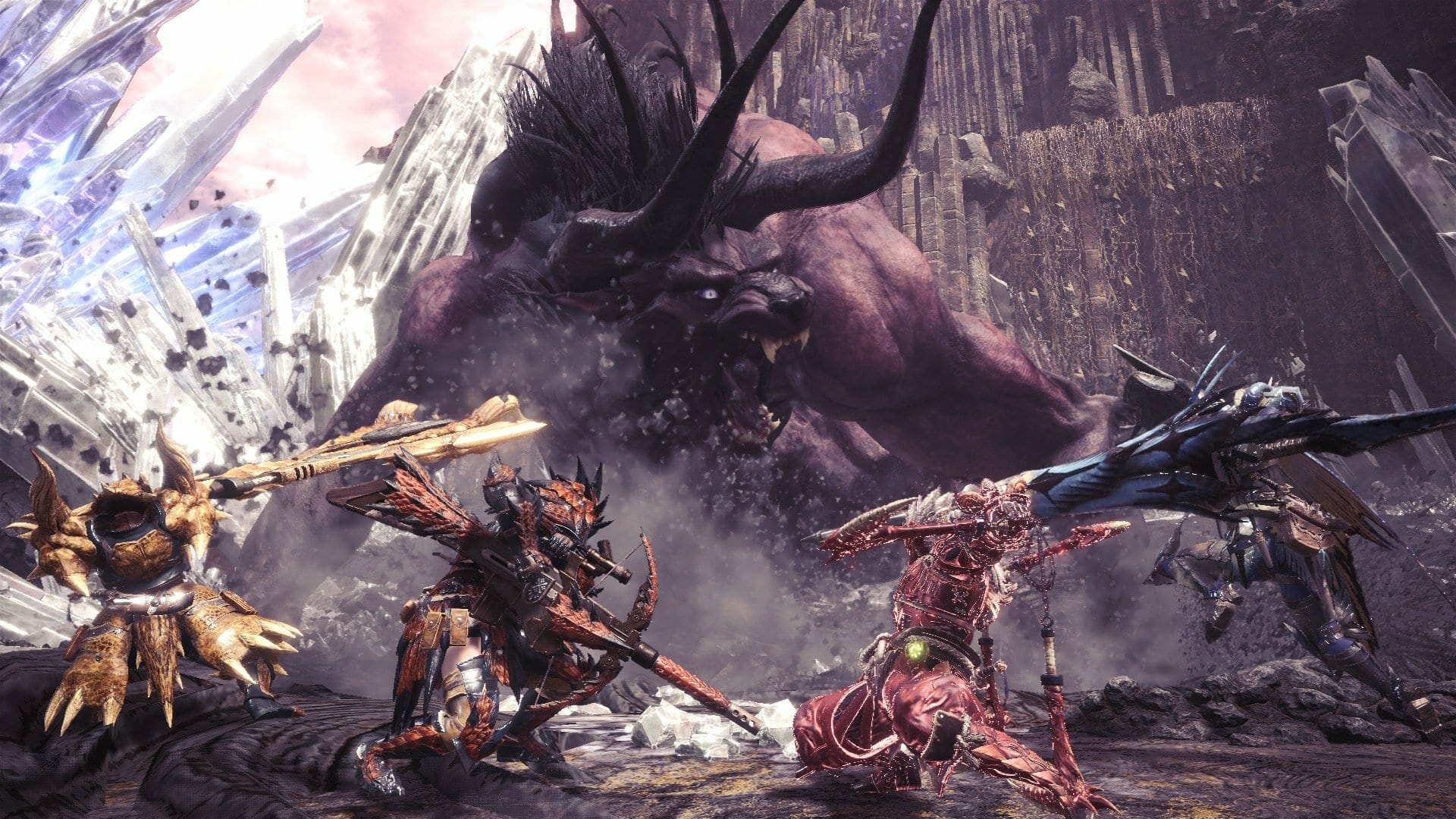Capcom has released an integrated report for the year 2018 as part of their 35 anniversary. The report concerns itself with various different Financial aspects of the company and the business model etc. What caught my attention is Capcom’s inclination towards the idea of a “recurring revenue model”. It seems like Capcom cant distance itself from the inevitable realization that a product that has the capability of attracting revenue even long after its initial release is more favorable to financial aspects of a business than a one-time-purchase product.
Capcom Integrated Report 2018
The report in question has shown the company’s tilt towards a more stable business model that eliminates or at least minimizes the risks associated with earnings volatility. According to the report, the CEO Kenzo Tsujimoto believes that “I think it is important to create a structure for passing the business on to the next generation. As with any structure, building the foundation is the most challenging part, but efforts launched five years ago are finally starting to take shape. To establish solid growth strategies and further enhance corporate value, there are two risks that are critical to address; first, I will talk about the stable growth mechanism (control of earnings volatility risks).”
He further states that, “To mitigate earnings volatility risks over the medium-to-long term, measures enabling sustainable growth must include (1) transforming the foundation of our Consumer business model from a traditional one-time sale “transactional model” to a continuous “recurring revenue model” and (2) creating a business portfolio and diversifying earnings risks by thoroughly leveraging Capcom’s basic strategy, Single Content Multiple Usage.”

What has Prompted Capcom to Transition to a Recurring Revenue Model?
What all this means essentially is that Capcom has realized that in order to survive in this increasingly competitive market they must focus on creating such content that can bring a steady flow of revenue as opposed to such content that can only be utilized once and then it stops generating additional revenue. Does this sound familiar? If it does then it is because this is essentially what microtransactions are. Microtransactions, the thing us gamers abhor so much is a business’s dream in terms of financial stability.
What we need to realize is that game developers, despite our emotional affiliations with them because of their significant part in our childhoods, are primarily businesses that seek to maximize revenue and financial stability. In order to sustain such a business, it must evolve and adapt to the ever-changing financial climate of the market. In this case, with a Recurring Revenue Model, Capcom seeks to minimize earnings volatility risks which will prove beneficial for the company’s growth.
What is “earnings volatility”?
To put this into layman’s understanding of the subject, volatility is a measure of how much the value of a variable fluctuates. In this case, a video game, suppose a game released by Capcom does exceptionally well in terms of sales and brings in abundant revenue but then a few months later another game is released by Capcom and it does a quarter of what the first game did in terms of sale revenue. This puts the company at a risk in what is known as earnings volatility which is basically how stable, or unstable, the earnings of a corporation are.
So in short, Capcom must “mitigate earnings volatility risks over the medium-to-long term” by implementing such measures as
transforming the foundation of our Consumer business model from a traditional one-time sale “transactional model” to a continuous “recurring revenue model” and (2) creating a business portfolio and diversifying earnings risks by thoroughly leveraging Capcom’s basic strategy, Single Content Multiple Usage.
In this sense, I suspect that the upcoming Capcom games will implement a plethora of micro-transactional options. Most of the consumers hate it but its a way through which companies such as Capcom manage to have a stable flow of revenue without relying on just one product. Look at the mobile gaming market for example, it brings in insane amounts of revenue by offering microtransactions. Same is the case for games like Fortnite and CS: GO where cosmetic products such as skins bring in significant earnings for the companies.

Is there an Alternative?
For most game companies there seems to be no way around microtransactions or something of that sort, sooner or later they will implement it in order to sustain. Take, for example, the popular video game Fifa, it is a game that literally comes out every year, now because of the way EA has structured the game, players who are seriously invested in it must buy it every year in order to participate in what is called FUT (Fifa Ultimate Team). FUT is an online tournament where you build a team and go against others, you win rewards when you win and can then buy better team members. Once the year ends and another Fifa comes on the scene, you are suddenly unable to play FUT on the previous Fifa game that you already have.
This is absolutely genius from a business standpoint and it actually works. millions of people buy the new Fifa game every year as it comes out even though essentially nothing changes gameplay wise. So yes “Single Content Multiple usage” this is what Capcom has in mind and we ought to see it soon if that report is anything to go by.
This is it for now, Let us know what you think about Capcom’s decision in the comments below.

